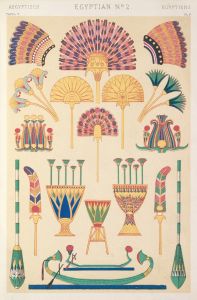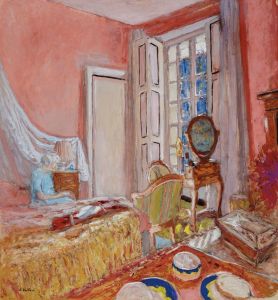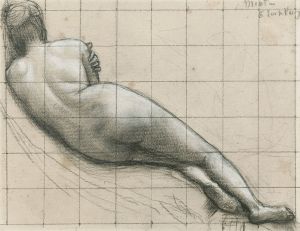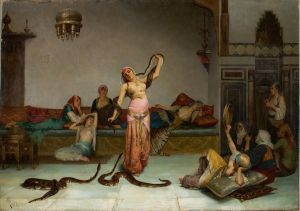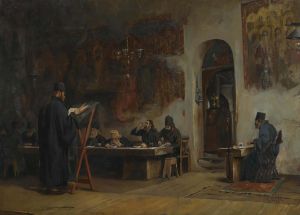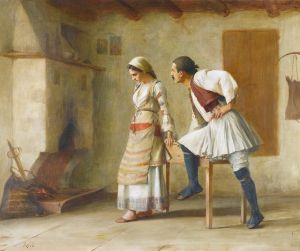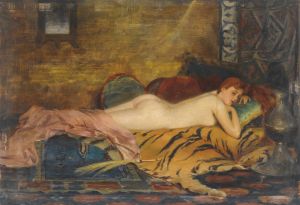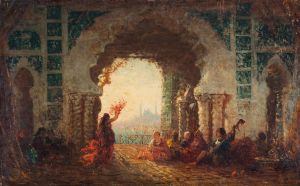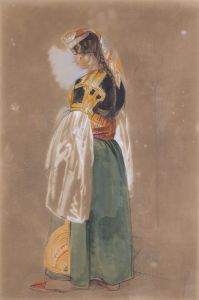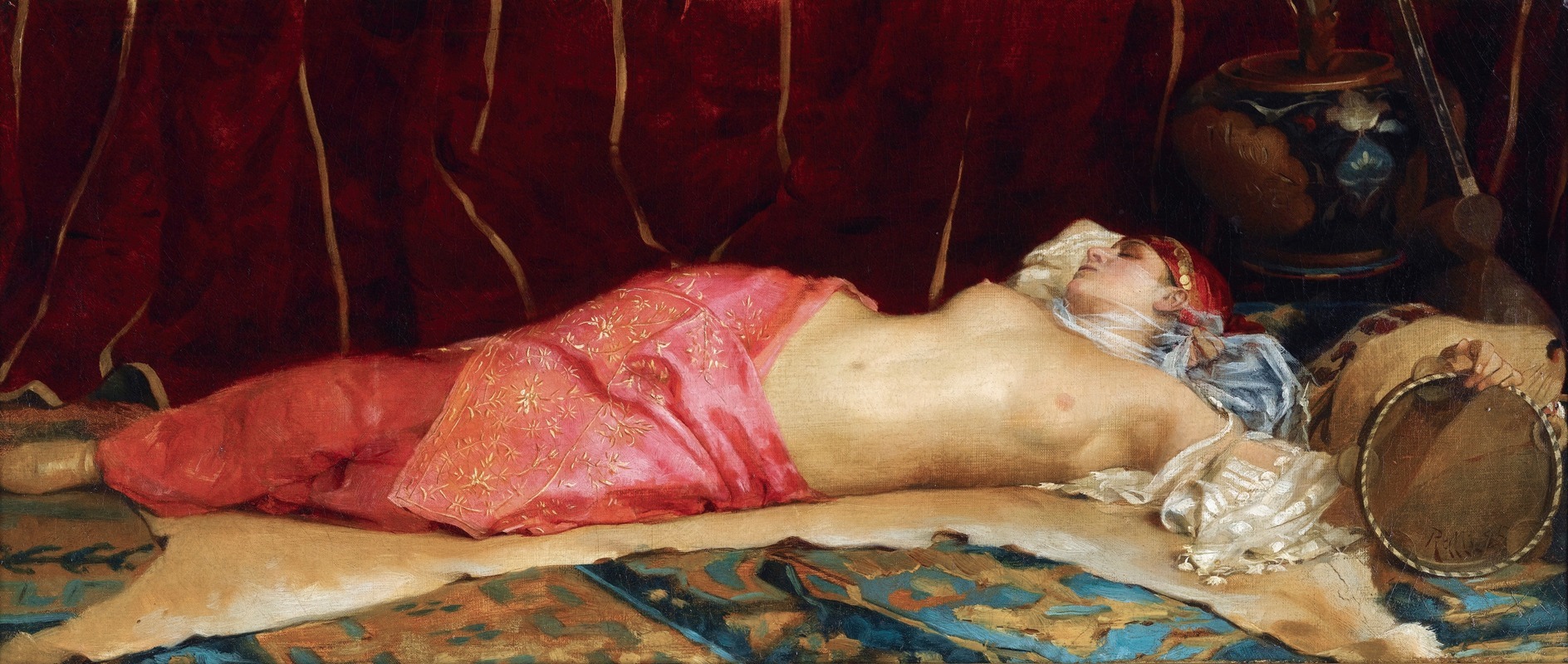
Sleeping Concubine
A hand-painted replica of Theodoros Ralli’s masterpiece Sleeping Concubine, meticulously crafted by professional artists to capture the true essence of the original. Each piece is created with museum-quality canvas and rare mineral pigments, carefully painted by experienced artists with delicate brushstrokes and rich, layered colors to perfectly recreate the texture of the original artwork. Unlike machine-printed reproductions, this hand-painted version brings the painting to life, infused with the artist’s emotions and skill in every stroke. Whether for personal collection or home decoration, it instantly elevates the artistic atmosphere of any space.
Theodoros Ralli, also known as Théodore Jacques Ralli, was a Greek painter born in Constantinople in 1852. He was known for his orientalist works, which often depicted scenes from the Middle East and North Africa, capturing the exoticism and allure of these regions as perceived by Western audiences during the 19th century. Ralli studied under the renowned French painter Jean-Léon Gérôme, who was a leading figure in the Orientalist movement. Ralli's works are characterized by their meticulous attention to detail, vibrant colors, and a romanticized portrayal of Eastern cultures.
"Sleeping Concubine" is one of Ralli's notable works that exemplifies his style and thematic focus. The painting depicts a serene and intimate scene of a concubine at rest, embodying the Orientalist fascination with the harem and the private lives of women in the East. The subject is portrayed with a sense of tranquility and grace, lying on a luxurious bed adorned with rich fabrics and intricate patterns. The use of light and shadow in the painting highlights the textures of the textiles and the softness of the concubine's skin, creating a sense of depth and realism.
Ralli's choice of subject matter reflects the 19th-century European interest in the exotic and the unknown, often romanticizing and idealizing the cultures of the East. This fascination was fueled by increased travel and exploration, as well as colonial interests in the region. Orientalist art, including Ralli's works, played a role in shaping Western perceptions of the East, often reinforcing stereotypes and fantasies about Eastern societies.
The painting "Sleeping Concubine" is a testament to Ralli's skill in capturing the delicate interplay of light and color, as well as his ability to convey a narrative through a single image. The composition draws the viewer into a private world, inviting contemplation of the subject's thoughts and dreams. The attention to detail in the depiction of the fabrics and furnishings adds to the authenticity and allure of the scene.
Ralli's work, including "Sleeping Concubine," is part of a broader artistic movement that sought to explore and depict the cultures of the East through a Western lens. While his paintings are celebrated for their technical proficiency and aesthetic appeal, they also reflect the complexities and contradictions of Orientalism as an artistic and cultural phenomenon. Ralli's legacy as an artist is marked by his contributions to this genre, offering a glimpse into the 19th-century European imagination and its engagement with the East.
Today, Theodoros Ralli's paintings are appreciated for their artistic merit and historical significance, providing insight into the cultural exchanges and perceptions of his time. His works can be found in various museums and private collections, continuing to captivate audiences with their beauty and evocative storytelling.





